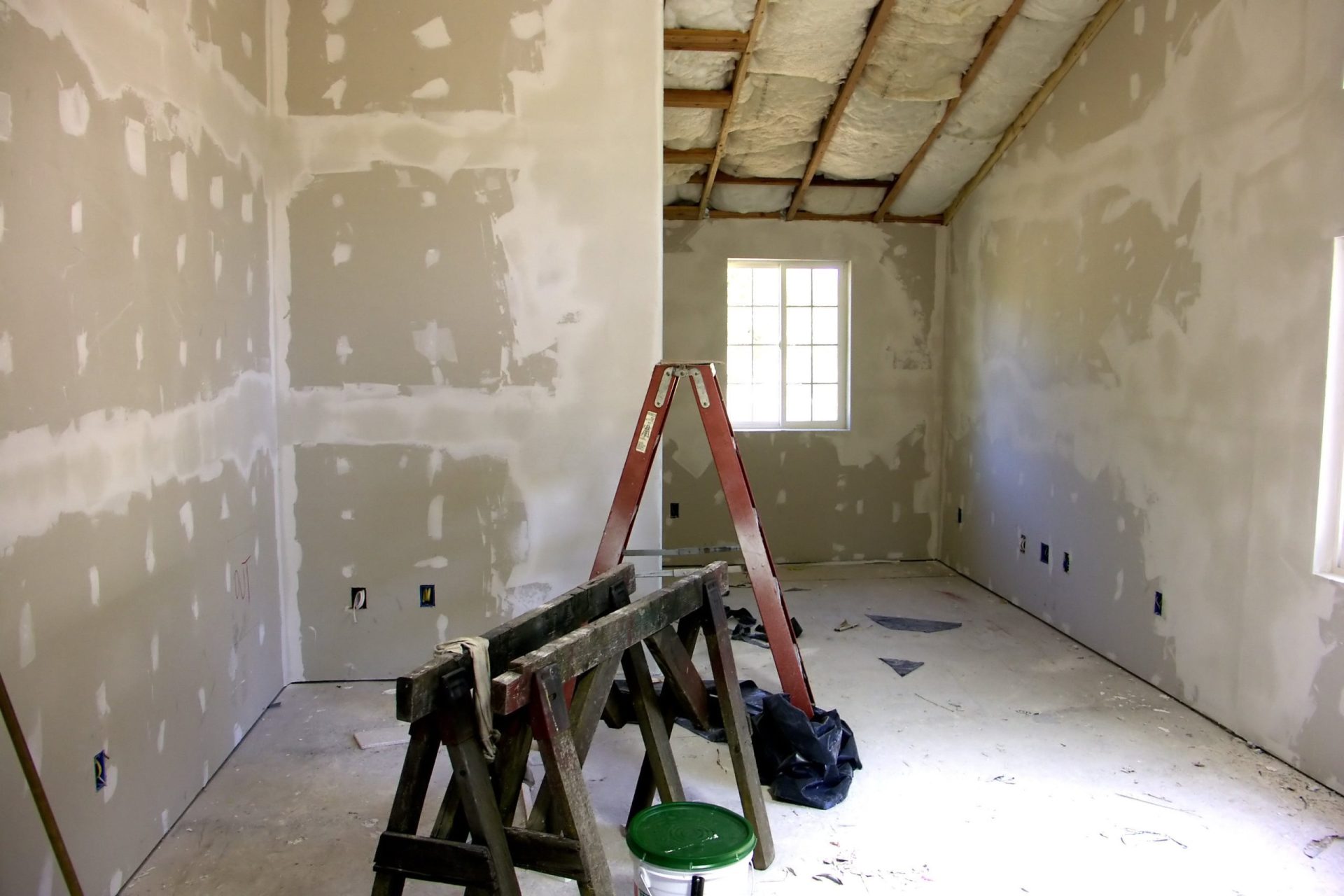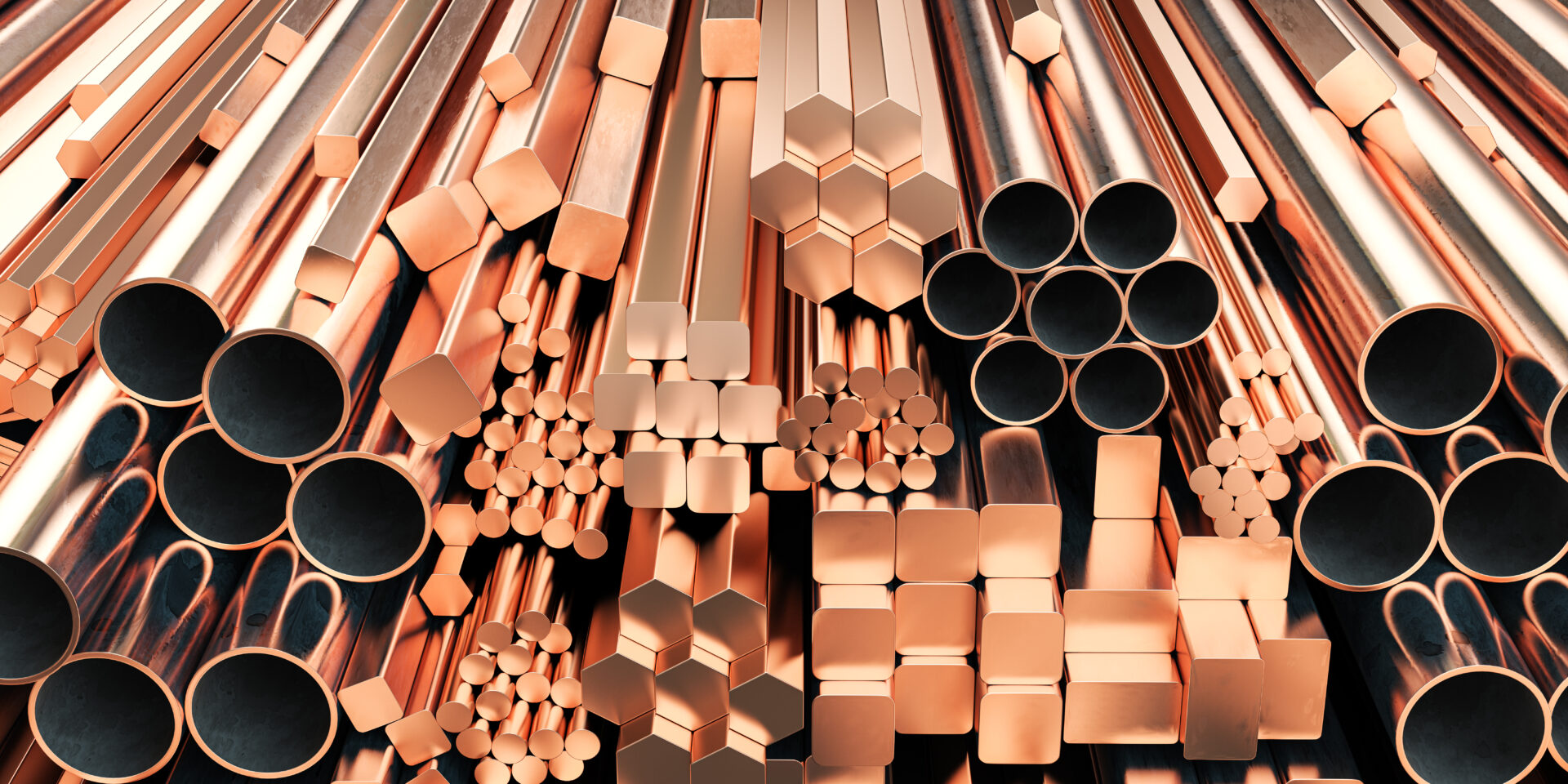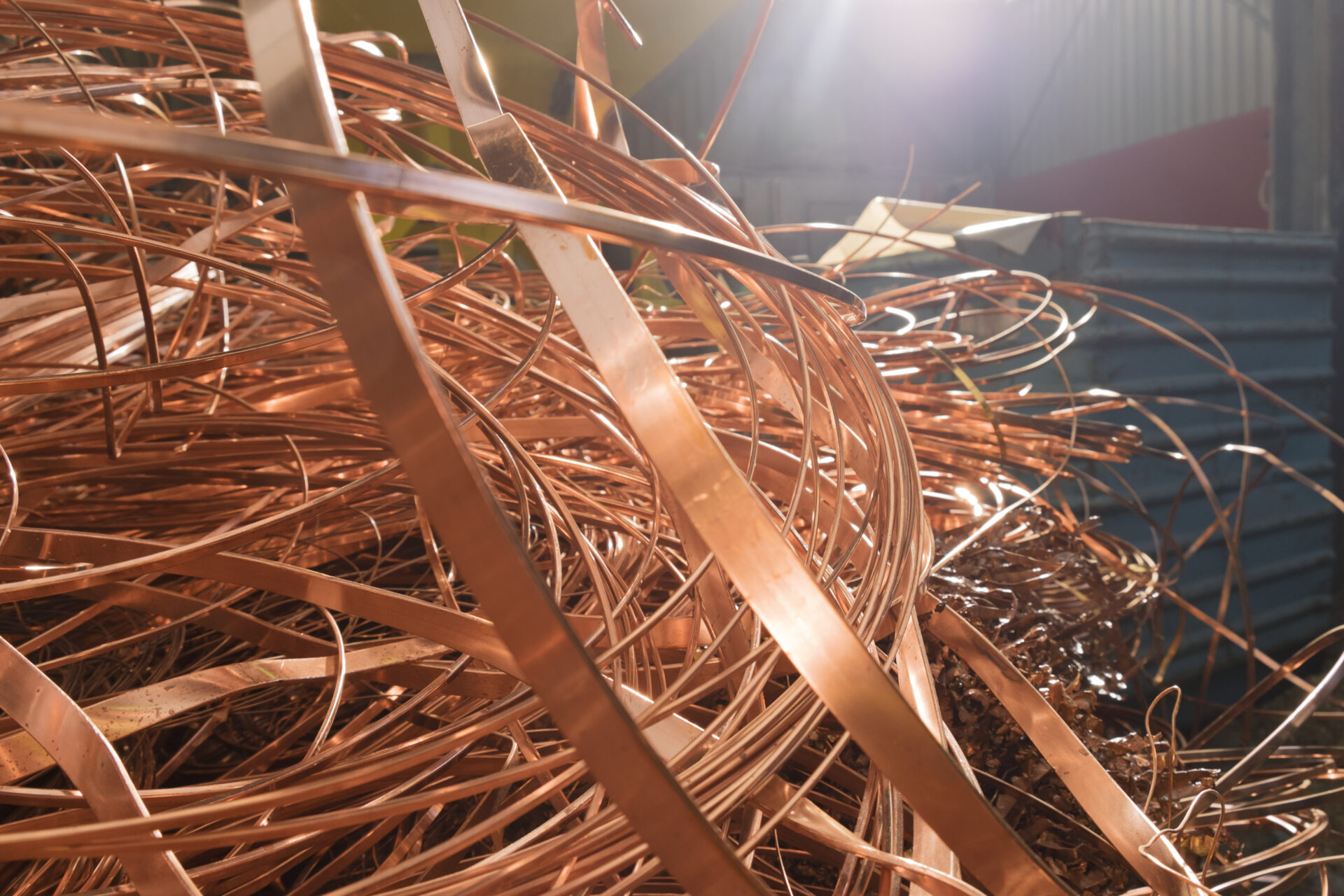
One of the biggest challenges for the nation’s red-hot housing market has been a lack of inventory. There simply are not enough homes being put on the market to meet the high demand among prospective buyers.
Logic says that should provide a major incentive to home builders to ramp up construction and deliver more brand-new homes, but they face serious challenges in doing so.
One is the high cost, and limited availability, of land to build on in many of the nation’s metro areas, and another is the high cost of building materials. Builders are having a hard time constructing affordable homes rather than high end properties, since they need to recoup the costs they invested in land and construction materials.
But what if the cost of building a home could get substantially reduced, thanks to a very different type of material used in the construction work? A team at Washington State University has been researching ways to construct houses using low-value construction waste.
The team uses drywall scrap as interior wall covering, and they recycle other construction materials like scrap metals to help lower the cost of building new homes.
Their hope is this can eventually boost the ability of home builders to create more housing options for low income families by incorporating low-cost scrap material rather than new and more costly building materials.
It’s a fascinating project that demonstrates how effective scrap recycling is, worthy of further research, investments, and expansions.
Scrap recycling has proven to be an economic boon, creating jobs at recycling centers across the nation that are taking scrap and recycling it for new manufacturing uses, including in construction projects.
Now scrap recycling could also help solve the challenge: how to deliver more affordable housing options to families of modest means.
What Is the Washington State University Research About?
At a time when land prices are sky high, reducing the cost of building materials for housing makes a significant contribution to the financial bottom line. That’s why researchers at Washington State University’s School of Design and Construction and School of Mechanical and Materials Engineering think their work could help create more affordable housing in the U.S.
The team discovered that low-value drywall scrap can be successfully used as interior wall covering. That also holds out the potential to further reduce construction waste by recycling it.
In fact, a prototype structure featuring the drywall-based bricks is now on display in “Make/Do: A History of Creative Reuse,” an exhibit at the Washington State Historical Society Museum in Tacoma that focuses on the history of creative recycling and re-use.
As the exhibit notes, building construction, scrap metal and demolition waste has become a serious environmental challenge in the U.S., with 534 million tons of waste being disposed of in 2014 — a tripling of that figure since 2003.
The concern is that scrap contains toxic chemicals like mercury and lead which, if sent to a community landfill, can pose risks to the soil and water, not to mention nearby homes and wildlife.
That’s why there’s been such a strong push in recent years to promote the recycling of scrap, so it not only stays out of landfills, but also so the parts that still have value can be recovered and sold to manufacturers to make new products.
Scrap metal can be successfully recycled and reused. Metals like aluminum, brass, copper, iron and steel, among others, can be reused over and over again to make new products in the home and in the manufacturing industry.
Recycled scrap metal, for example, can be used to make appliances or as building materials, and scrap metal often gets recycled into components for the home like furnishings, fixtures, and lighting. Likewise, metal roofing materials are often made entirely from recycled metals.
Now the WSU researchers have latched onto a new concept entirely. Drywall, sometimes known as gypsum board or Sheetrock, often makes up a large percentage of construction waste that doesn’t get recycled. It’s been estimated that more than a ton of drywall scrap gets generated when a 2,000 square-foot house is built.
Failure to recycle low-value drywall by sending it to a landfill also creates environmental hazards. We know that hydrogen sulfide gas gets produced when gypsum is sent to a landfill, particularly in a wet climate. Hydrogen sulfide gas is toxic at high concentrations, and some communities in Canada don’t accept drywall at landfills for this reason. And incineration of drywall can produce toxic sulfur dioxide gas.
The WSU researchers began developing drywall blocks in 2017, made from 80 percent drywall waste and a binder made from industrial byproducts. Waterproof and lighter than earth blocks, bricks or concrete blocks, the researchers had architecture students use a press to build the blocks, which the team says are ideal for insulation.
Now they plan to keep testing the blocks to meet building, seismic and fire codes, and are hoping to construct a 160 square-foot demonstration structure to show the potential for their work.
Why Are Researchers Doing This Work?
Part of their efforts is directed toward the fact that there’s a shortage of affordable housing in the United States, and the cost of building materials for housing is a contributor to that problem.
It’s also to promote recycling of construction waste, which has been proven to help both our economy and our environment.
Drywall is the principal wall material used in the U.S. for interior work, made from a sheet of gypsum covered on both sides with a paper facing and a paperboard backing.
The U.S. produces about 15 million tons of new drywall each year, and it’s been estimated that 12 percent of new construction drywall gets wasted during installation. More than 64 percent of drywall waste gets generated from new construction, while another 14 percent comes from demolition projects and 10 percent from renovations.
As the WSU researchers are demonstrating, drywall can be successfully recycled into new products that can create new business opportunities, save money for builders and contractors, and help communities reduce construction waste.
And using another recycled material to go along with scrap metal to help build new homes could help reduce the cost of home construction and help put more affordable houses in the market.
Conclusion
The recycling of scrap metal has helped keep scrap out of landfills, where it has the potential to release toxins into the ground, and it also helps hold down the cost of manufacturing new products if they can be made using recycled metals.
That’s both an economic and environmental boost to our country.
The use of recycled construction material may get another boost if the work being done by researchers at Washington State University demonstrate that homes can be built at a reduced cost using recycled drywall materials. It also helps to put a focus on how important it is to recycle as many construction-generated parts and supplies as we can.
That’s why if your business has scrap metal, don’t send it to a landfill. You have the ability to earn money by bringing that scrap to a recycling firm like GLE Scrap Metal.
While GLE Scrap Metal does not accept drywall, they are a premier scrap metal and electronic recycler, performing environmentally-friendly processing and recycling of all base and precious metals. If you have scrap at your home or office, contact us.
Our environment and economy benefit if we all make a commitment to recycle more often. And that includes being aware that scrap metal can be successfully recycled, again and again.
The bottom line is that GLE is a company that ensures your excess materials don’t go to waste.
Call GLE Scrap Metal today at 855-SCRAP-88 to request a quote.



